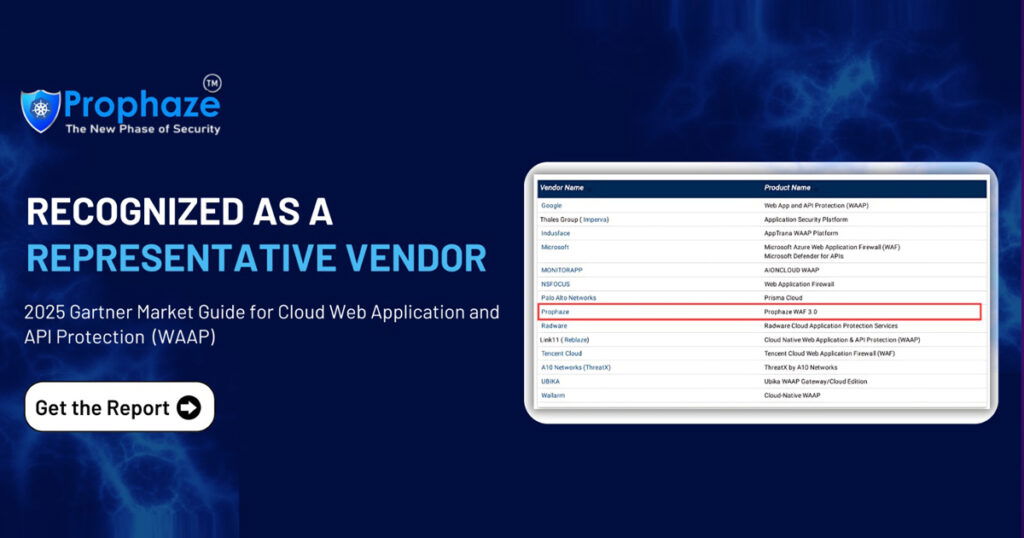Multicloud involves utilizing two or more cloud service providers, such as Amazon Web Services (AWS), Microsoft Azure, and Google Cloud Platform (GCP), in a single IT environment. It allows organizations to choose the most suitable cloud platform for specific workloads or applications, taking advantage of each provider’s unique features and capabilities.
Multicloud should not be confused with hybrid cloud. While hybrid cloud combines public and private clouds, multicloud focuses on leveraging multiple public cloud providers. Multicloud allows organizations to avoid vendor lock-in, optimize costs, and achieve higher flexibility and scalability.
Benefits of Multicloud
Avoiding Vendor Lock-In:
By adopting a multicloud strategy, organizations can avoid dependence on a single cloud provider. They have the freedom to select the most suitable provider for each workload, ensuring vendor neutrality and reducing the risk of being tied to one vendor’s limitations or pricing models.
Improved Performance and Resilience:
Multicloud enables organizations to distribute workloads across geographically diverse regions or availability zones, ensuring high availability and resilience. It allows for redundancy and load balancing, reducing the impact of service disruptions and providing better performance to end-users.
Cost Optimization:
Multicloud empowers organizations to optimize costs by leveraging competitive pricing models and taking advantage of specific cloud provider offerings. They can select cost-effective options for each workload, optimize resource allocation, and manage expenses more efficiently.
Flexibility and Scalability:
With multicloud, organizations gain flexibility to scale their infrastructure and applications according to specific requirements. They can choose the most suitable cloud provider for different use cases, leveraging their unique features, services, and scalability options.
Challenges of Multicloud Adoption
Complexity and Management Overhead:
Managing multiple cloud providers and ensuring consistent governance, security, and compliance can be challenging. It requires robust management tools, standardized processes, and skilled personnel to handle the complexity of a multicloud environment.
Data Integration and Interoperability:
Moving data seamlessly between different cloud providers and ensuring interoperability can be complex. Organizations need to implement effective data integration strategies, adhere to data privacy regulations, and maintain data consistency across multiple clouds.
Security and Compliance:
Securing a multicloud environment demands a comprehensive approach to ensure data protection, access control, and compliance. Organizations must implement robust security measures, establish clear policies, and monitor the entire multicloud infrastructure for potential threats or vulnerabilities.
The Role of Multicloud in Modern IT
Multicloud adoption is not a one-size-fits-all strategy. Organizations should consider specific scenarios and factors when deciding to use multicloud:
Workload Diversity:
Use multicloud when your organization has diverse workloads with varying performance, scalability, and security requirements. For example, mission-critical applications may benefit from a highly resilient cloud provider, while development and testing environments may require cost-effective solutions.
Geographical Presence:
Consider multicloud if your operations span multiple geographic regions. Leveraging different cloud providers with data centers in various locations can improve latency, compliance with data sovereignty laws, and disaster recovery capabilities.
Vendor Lock-in Concerns:
Opt for multicloud to mitigate vendor lock-in risks. By distributing workloads across multiple providers, you maintain flexibility and negotiation power, reducing dependency on a single vendor.
Regulatory Compliance:
Multicloud can be advantageous for organizations operating in highly regulated industries. It allows them to choose cloud providers with compliance certifications and data protection measures that align with regulatory requirements.
Seasonal or Variable Workloads:
Multicloud is beneficial for handling seasonal or variable workloads. Organizations can scale resources up or down across different providers as demand fluctuates, ensuring optimal performance and cost efficiency.
Hybrid Cloud Requirements:
Multicloud can complement hybrid cloud strategies. Use it to extend on-premises infrastructure to the cloud, integrate with SaaS applications, or implement disaster recovery solutions across multiple cloud environments.
Best Practices for Multicloud Implementation

Define a Clear Strategy:
Organizations should define a clear multicloud strategy aligned with their business objectives. Identify the workloads suitable for each cloud provider, considering factors such as performance, cost, compliance requirements, and data sovereignty.
Choose Compatible Cloud Providers:
Select cloud providers that offer compatibility, integration capabilities, and standardized technologies. This ensures seamless data transfer, interoperability, and ease of management between different clouds.
Implement Robust Governance and Management:
Establish a centralized management framework that provides visibility, control, and governance across the multicloud environment. Implement robust monitoring, automation, and orchestration tools to streamline operations and ensure consistent policies and security controls.
Ensure Data Security and Compliance:
Implement strong security measures, including encryption, access controls, and threat detection mechanisms, to protect data across all cloud providers. Ensure compliance with industry regulations and data privacy laws applicable to each region.
Embrace Cloud-agnostic Technologies:
Adopt cloud-agnostic technologies and solutions that enable portability and interoperability between different cloud providers. This reduces vendor lock-in and allows for seamless migration or expansion across multicloud environments.
Conclusion
Multicloud offers organizations the flexibility, scalability, and resilience needed in today’s dynamic digital landscape. By strategically leveraging multiple cloud providers, organizations can optimize costs, enhance performance, and avoid vendor lock-in. However, successful multi-cloud implementation requires careful planning, robust management practices, and a strong focus on security and compliance. With the right strategy and best practices in place, organizations can harness the full potential of multicloud to drive innovation, agility, and business growth.












